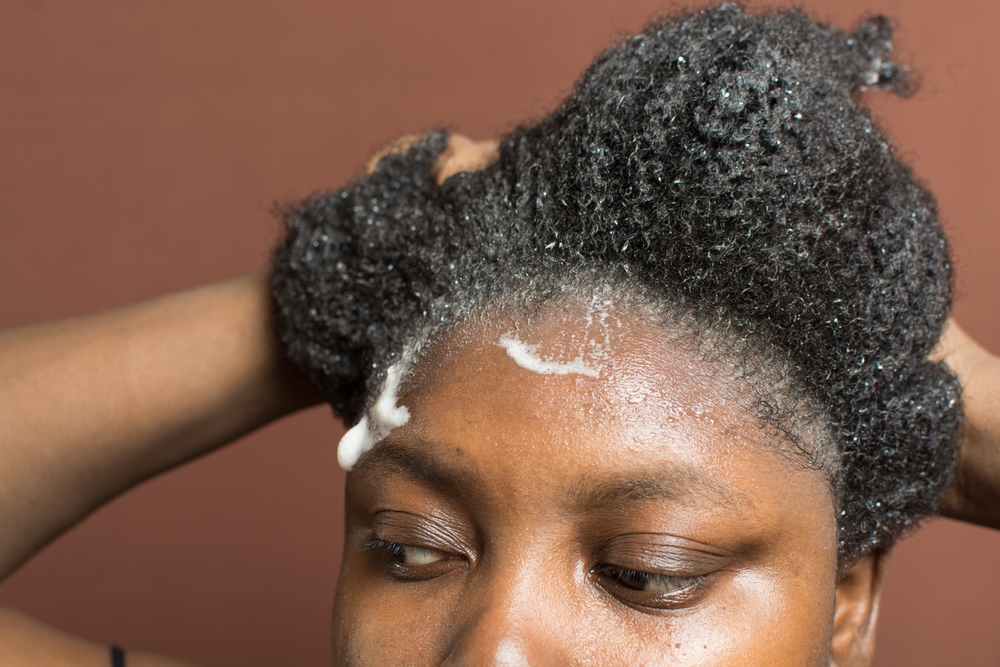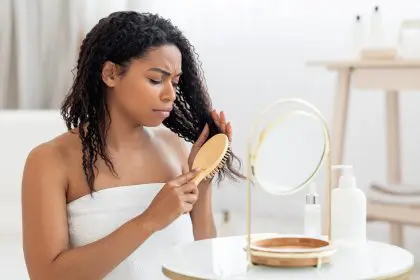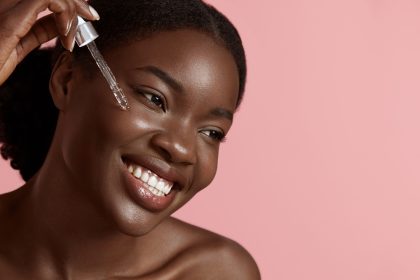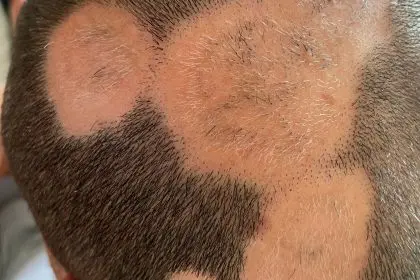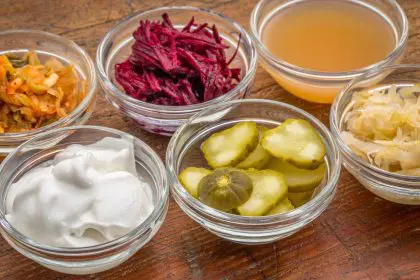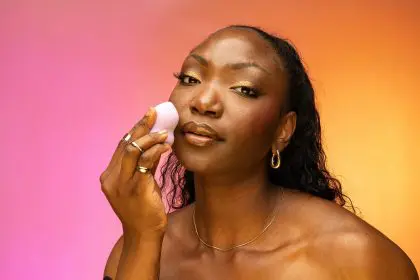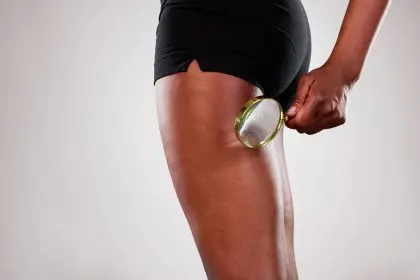When was the last time you skipped a hair wash? If you’re like most people, the answer probably falls somewhere between “never” and “only when absolutely necessary.” We’ve been conditioned to believe that daily washing is the gold standard for hair care, with anything less relegated to lazy days or emergency situations. But what if everything you thought you knew about hair washing frequency was actually working against your growth goals?
The quest for longer, stronger hair leads many down expensive rabbit holes of supplements, treatments, and products. Meanwhile, one of the most effective strategies might be as simple as putting down the shampoo bottle. This isn’t just about saving time in the shower – it’s about fundamentally changing how your scalp functions.
The surprising scalp science nobody talks about
Your scalp is essentially an extension of your facial skin – complex, sensitive, and far more sophisticated than most haircare marketing would have you believe. The most critical component for hair growth lies in the natural oils your scalp produces, called sebum.
When you wash your hair daily, you’re repeatedly stripping away these protective oils before they can fulfill their purpose. Imagine constantly removing the natural moisturizer your body produces specifically to protect both your scalp and hair strands. The result? Your scalp kicks into overdrive, producing even more oil to compensate for what’s been washed away.
This cycle creates what hair professionals call “trained hair” – scalps that become excessively oily because they’ve adapted to frequent washing. The irony is that many people wash daily precisely because their hair gets oily quickly, never realizing they’re perpetuating the very problem they’re trying to solve.
Breaking this cycle allows your scalp to recalibrate, eventually producing just the right amount of oil needed for optimal hair health. These natural oils then have time to travel down the hair shaft, creating natural protection that no store-bought product can truly replicate.
The growth connection you never considered
Hair growth happens below the surface, in the follicles embedded in your scalp. These follicles rely on a delicate ecosystem of nutrients, blood flow, and protection to function optimally. Washing less frequently supports this ecosystem in several surprising ways.
First, those natural oils serve as protective barriers against environmental damage and moisture loss. When allowed to do their job, they shield both your scalp and hair shafts from the daily assault of heat, pollution, and mechanical stress. This protection means less breakage, which translates to length retention – often mistaken for faster growth.
Second, the massage-like stimulation during washing can actually disrupt the hair that’s in the fragile early growth phase. While a good scalp massage increases blood flow, too-frequent washing can physically disturb new hairs before they’re properly anchored in the follicle.
Perhaps most counterintuitively, overwashing can trigger inflammation in sensitive scalps. This low-level, often unnoticeable inflammation diverts energy away from optimal growth as your body addresses the more immediate issue of irritation. By washing less, you allow your scalp to maintain its natural protective barrier, reducing the likelihood of this growth-slowing inflammation.
The transition period nobody warns you about
Let’s address the elephant in the bathroom – reducing wash frequency means navigating a transition period that can test even the most committed hair enthusiasts. Your scalp needs time to recalibrate its oil production, and this adjustment doesn’t happen overnight.
During the first few weeks of a reduced washing schedule, your hair might actually seem greasier than before. This isn’t failure – it’s your scalp continuing to produce oils at the rate it learned during your frequent washing days. Without the constant stripping, these oils become more noticeable.
This transition period typically lasts between two and four weeks, depending on your hair type and how frequently you were washing before. Those with fine, straight hair often face the most noticeable transition, as oils travel more quickly down straight strands compared to curly textures where the oils must navigate a more winding path.
Strategic styling becomes your best ally during this period. Slicked-back buns, braids, and textured styles can disguise oilier roots while your scalp adjusts. Dry shampoo used sparingly at the roots can also help absorb excess oil without triggering the scalp to produce more.
Finding your personal sweet spot
The ideal washing frequency isn’t universal – it’s highly personal and depends on several factors unique to you. Hair texture, scalp condition, activity level, and even the climate where you live all influence how often your hair genuinely needs washing.
Most hair types benefit from reducing to 2-3 washes per week as a starting point. Those with curly or coily textures might extend even further to once weekly, while extremely fine or straight hair might need an every-other-day approach to balance oil control with growth benefits.
Pay attention to how your scalp feels rather than following rigid rules. True indicators that it’s time to wash include itchiness, flaking, or a heavy feeling at the roots. Simply looking less than freshly-washed isn’t necessarily a signal that washing is needed – it might just be your aesthetic preference speaking.
Exercise presents a common challenge to reduced washing schedules. Contrary to popular belief, sweat itself isn’t dirty – it’s primarily water and salt. Thoroughly rinsing with plain water after workouts removes sweat while preserving the beneficial oils your scalp produces. Save the actual shampoo for your designated wash days rather than feeling compelled to cleanse after every workout.
The washing technique that changes everything
When you do wash, the method matters almost as much as the frequency. Many people unwittingly damage their hair and disturb growth with washing techniques that are too harsh or product choices that strip the scalp.
Focus your shampoo application primarily on the scalp rather than along the length of your hair. The goal is to cleanse where oils and product build-up accumulate, not to strip the already drier ends of your strands. Use your fingertips to massage in gentle circular motions, which stimulates blood flow without creating tangles or friction.
The temperature of your water significantly impacts both scalp health and growth potential. Very hot water might feel satisfying, but it strips far more oil than necessary and can irritate the scalp, potentially slowing growth. Lukewarm water for washing followed by a cool rinse provides the optimal balance of cleansing power and protective benefits.
Consider the double-cleanse method on wash days if you’re extending time between shampoos. The first wash removes surface oils and product buildup, while the second can more effectively cleanse the scalp itself. This approach ensures thorough cleaning without needing to wash more frequently.
The products that support your new routine
Transitioning to less frequent washing often requires rethinking your product lineup. Conventional shampoos typically contain harsh sulfates that strip oils too aggressively – precisely what you’re trying to avoid when washing less.
Sulfate-free formulas provide gentler cleansing that removes impurities without completely stripping natural oils. These might not create the satisfying foam you’re accustomed to, but they leave behind the beneficial oils your scalp needs for optimal growth conditions.
Between washes, scalp tonics containing ingredients like rosemary, peppermint, or tea tree oil can help maintain a balanced environment conducive to growth. These products typically provide antimicrobial benefits and stimulation without disturbing your scalp’s natural oil production.
The strategic use of dry shampoo can extend your wash cycle, but approach with caution. While helpful for absorbing excess oil, dry shampoo isn’t actually cleaning your scalp – it’s merely masking oil. Using it too frequently can create buildup that potentially clogs follicles, working against your growth goals. Reserve it for occasional use rather than daily application.
The unexpected benefits beyond growth
While faster-growing hair might be your primary motivation, washing less frequently delivers several additional benefits that might surprise you. The most immediately noticeable is often improved texture and manageability.
When natural oils are allowed to distribute along the hair shaft, they create a protective coating that reduces frizz, adds natural shine, and helps strands retain moisture. This improved moisture balance often translates to fewer split ends and less breakage – both contributors to the appearance of faster growth.
Many who transition to less frequent washing also report reduced reliance on styling products and heat tools. Natural oils provide much of the control and shine that products attempt to replicate, allowing for more effortless styling with less manipulation.
Perhaps the most unexpected benefit comes in sustainability – both environmental and financial. Fewer washes mean reduced water consumption, less product usage, and lower energy costs from decreased blow-drying time. Your wallet and the planet benefit alongside your hair.
Rethinking your washing routine requires patience and a willingness to work with your body’s natural processes rather than against them. While it might seem counterintuitive at first, stepping back from the shampoo bottle might be the very thing your hair needs to reach its growth potential. The question isn’t whether you should wash less, but rather how to find the schedule that works best for your unique hair type and lifestyle.

